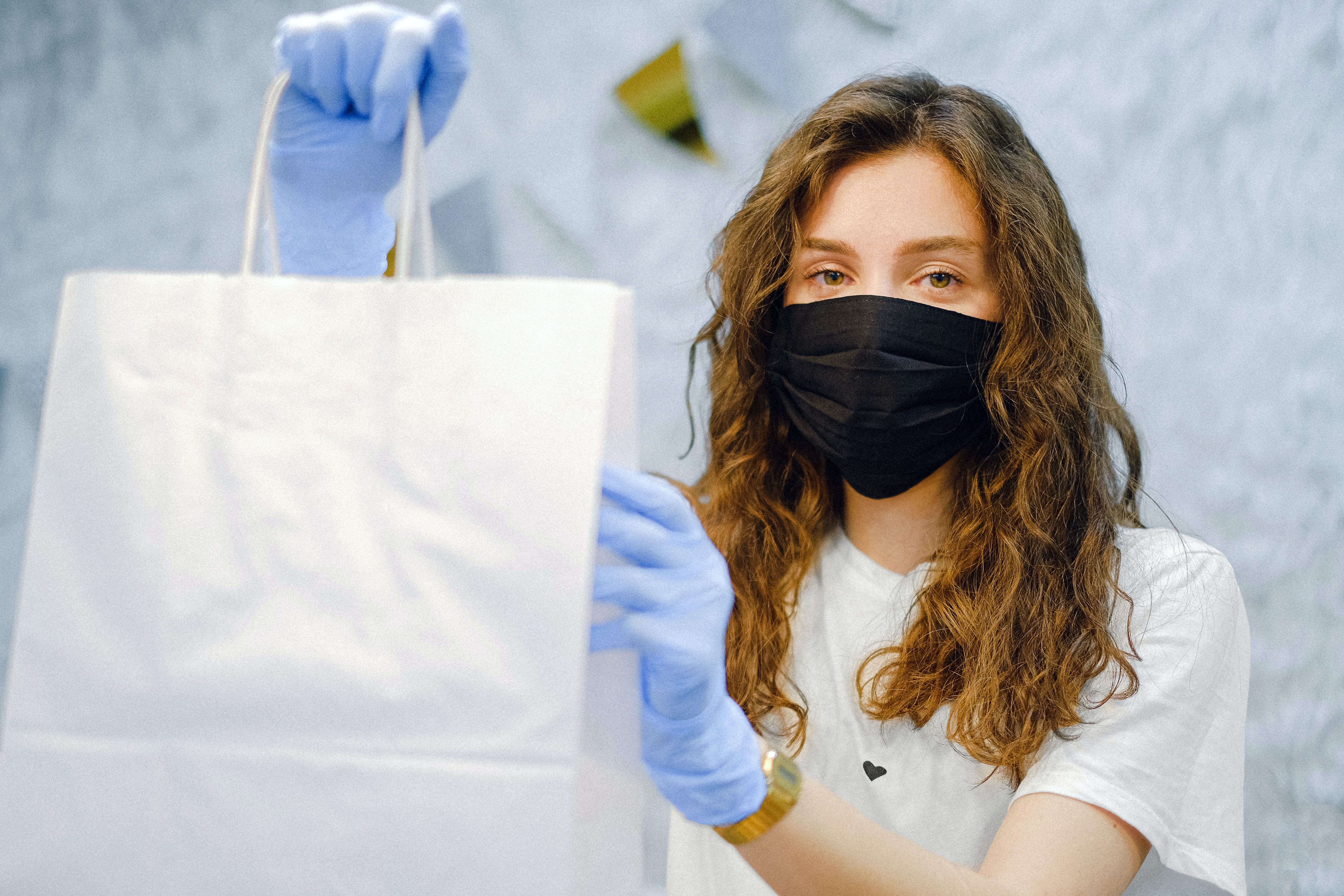By McMaster University
The Bottom Line
- In a crisis, people may think that they will run out of certain products and goods, which causes them to buy them in large quantities.
- Panic buying due to fear of running out of supplies is generated by emotions and social influences, and gives people a sense of control over the situation.
- However, panic buying causes negative effects such as supply chain disruptions, stockouts and price increases.
We have all seen images on TV, the internet and in the newspapers of entire shelves in grocery stores and other retail stores emptied from the start of the COVID-19 pandemic.1
During natural disasters and health crises, people can develop unusual behaviours, such as panic buying. Panic buying is a phenomenon that occurs when consumers buy unusually larger quantities of certain products in anticipation of a disaster or crisis (real or perceived), or in anticipation of significant price changes.2
Such a phenomenon can have undesirable effects. Panic buying can lead to an actual product shortage. It can limit or prevent the most vulnerable groups, such as the elderly and low-income individuals, from accessing certain products. Panic buying can also exacerbate fears and uncertainties about the disaster or crisis (real or perceived).2
But why do people experience this shopping fever during crises?
What research tells us
Psychological studies can help us understand this phenomenon. A systematic review of 27 articles looked at the psychological causes of panic buying during health crises, a relatively new and unexplored area in consumer behaviour research.3
The systematic review found that panic buying is influenced by four things:
- Perception of the threat of the health crisis and the scarcity of products
There are three types of behaviours that people adopt in response to a health crisis such as a pandemic:
- Prevention, such as hand washing, wearing a mask and cleaning surfaces;
- Avoidance, by reducing contacts with others in crowds, public transport and workplaces; and
- Clinical management of the disease, which involves seeking professional advice or taking medication.
In the case of COVID-19, the more people perceive they are at risk of getting the disease, the more they will want to protect themselves. The more they want to protect themselves, the more they will buy basic necessities or medical supplies. On the other hand, if they also have the impression that products are scarce – or when they see empty shelves or queues in stores – they will be all the more motivated to buy them immediately.
- Psychosocial factors
Panic buying is a mass behaviour (as also sometimes called “herd behaviour”). Misinformation and the spread of rumours (for example, rumours about a stockout and problems in the supply chain) can influence people to buy in large quantities. Lack of information can also cause them to imitate the majority who buy in panic. In addition, a high level of social mistrust towards the community or government authorities can lead some people to react and lead to panic buying.
- Fear of the unknown
In general, people experience emotional distress such as uncertainty, fear and anxiety during a health crisis. Very often, we find that fear motivates people to make purchases because it gives them a feeling of security, comfort, or momentary escape, which helps alleviate stress.
- Coping behaviour
Although buying large quantities of consumer goods is ill-suited because it does not help or could even worsen product shortages, it gives individuals a sense of indirect control over the situation.
Facing adversity together and without giving in to panic
As an individual, you can prepare yourself for different situations. The Government of Canada has prepared various information tools that will allow you to prepare without giving in to panic. Government authorities, businesses and other civil society actors also have a role to play in alleviating panic buying during crises. They can thus:
- send consistent messages on the availability of stocks to reduce the shortage of products perceived by consumers;
- encourage online delivery and implement rapid restocking to avoid empty shelves and long queues;
- apply sanctions and quotas for the purchase of essential products to prevent stock-outs and improve the public’s perception of the shortage of products;
- set the record straight quickly in the event of rumours and misinformation to reduce uncertainty and improve social confidence; and
- highlight the negative consequences of panic buying and persuade the public to buy responsibly and reasonably.
Whether a community can be resilient or collapse in the face of adversity may depend on how individuals, government authorities, businesses and other actors in civil society behave.
Optimal Aging Portal Blog Team
The latest scientific evidence on this topic was reviewed by the Social Systems Evidence team. This Blog Post was written by a professional writer, assessed for accuracy by Dr. François-Pierre Gauvin, and edited by a professional editor. There are no conflicts of interest.
This article was reposted with permission from the McMaster Optimal Aging Portal. See here for the original article.
References
Lewis E. How panic buying revealed the problem with the modern world. The Atlantic. 26 March 2020.
Psychology Today. The science of panic buying and how to stop it: Economic research demonstrates the best course of action. 24 March 2020.
Yuen KF, Wang X, Ma F, Li KX. The psychological causes of panic buying following a health crisis. International Journal of Environmental Research and Public Health, 2020, 17(10) : 3513.














